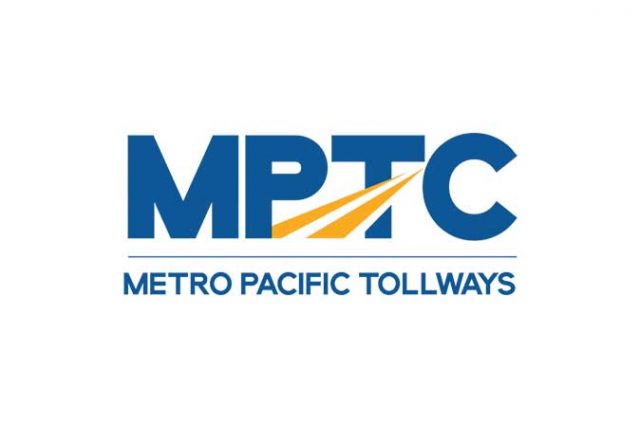Megawide keen on more projects with LGUs
By Arjay L. Balinbin, Senior Reporter
MEGAWIDE Construction Corp. is focusing on local government projects and the Duterte administration’s Build, Build, Build initiative, the company’s chief executive said.
“Right now, ang mga clear na project na bini-bid out ay ‘yung mga Build, Build, Build. Doon na lang kami nag-focus muna (Right now, projects with clear direction are those under Build, Build, Build. We are focusing on those projects for now),” Megawide Chairman and Chief Executive Officer Edgar B. Saavedra told BusinessWorld in an online interview on June 29, when asked if the company is still interested in rehabilitating the Ninoy Aquino International Airport (NAIA).
He said the company remains interested in the NAIA project, but the government must provide “clear direction.”
“Hintayin na lang natin ‘yung next administration kung ano ‘yung direction (Let us just wait for the next administration and see what direction it will take),” he added.
After the Manila International Airport Authority board rejected Megawide and its foreign partner GMR Infrastructure Ltd.’s appeal in January to overturn the revocation of its original proponent status for the NAIA rehabilitation project, the company shifted its focus to local government unit (LGU) projects.
“At least, doon mas mabilis ang decision making (At the LGU level, decision making is faster),” Mr. Saavedra noted.
The company is currently working on the redevelopment of the Cebu Carbon Market.
“Construction is ongoing, and we will open the first phase in the fourth quarter of the year,” Megawide Chief Corporate Affairs and Branding Officer Louie B. Ferrer said.
“We are talking to other LGUs also because we have experience in the transport industry,” he added.
He said renewable energy company Citicore Power, Inc., an affiliate of Megawide, is also working with different LGUs for its projects.
Despite losing the original proponent status for the NAIA project, Megawide is grateful to the current administration for the “chance to build another important airport,” Mr. Ferrer also said, referring to the Clark international airport’s new passenger terminal.
Luzon International Premier Airport Development, which operates the Clark airport, is set to open this month the new terminal building for domestic commercial flights. The building can hold eight million passengers annually.
“We thank them also for upgrading some standards at the original airports because the operation efficiency at other airports can affect our operations at Mactan-Cebu International Airport,” Mr. Ferrer added.
He also said Megawide is hoping that the next administration will still prioritize airport projects.
The company announced last week that it intends to participate in three to four contract packages of the Metro Manila Subway project and another three to four contract packages of the North-South Commuter Rail-South Line project.
























